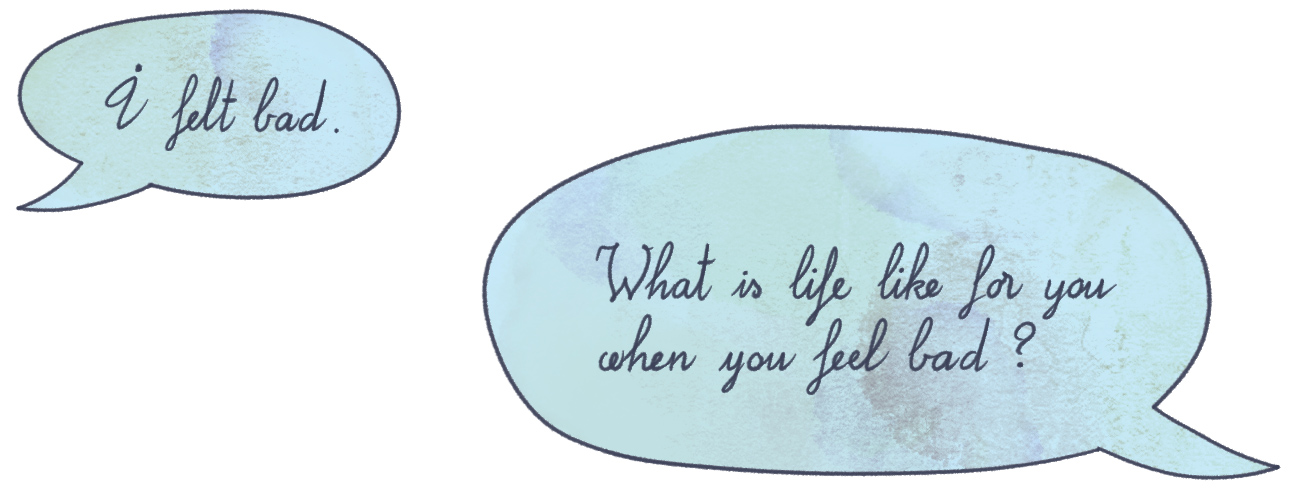





Understanding Key Trauma Emotions Copy
It is well-established in the literature that long-term repetitive trauma, if left untreated, affects emotional expression and regulation in children often with detrimental consequences later in life. Some children might react to chronic trauma by having excessive overwhelming emotions. Others may be feeling nothing at all and this experience of numbness or detachment may actually be their predominant trauma symptom. In early childhood trauma, oftentimes memories are encoded non-verbally, which makes it difficult for children to become aware of and verbalize emotions associated with these particular experiences. The therapist’s task is to help children identify and verbalize emotions in their trauma narrative(s). The therapist also helps link the child’s emotional responses to their cues and other corners of the square: thoughts, physiological reactions, and behaviors.

Emotional expression is highly variable, but key emotions that are commonly experienced by children with history of traumatic events are fear, sadness, and anger. CCT focuses on these key emotions. Children are encouraged to describe feelings in their own words, and the Feelings Worksheets are used to facilitate this process. Even with the aid of the Feelings Worksheets, children may still have a hard time identifying trauma-related emotions and may respond with statements such as “I felt bad” or “I felt awkward.” In such cases, try to clarify emotions by posing open-ended questions such as “What do you mean by that?” or “What is life like for you when you feel bad?”
It is important that the intensive restructuring work and emotions labeling in Sessions 6 and 7 be tied to the previously acquired knowledge on trauma responses and integrated with the life timeline. This helps children place them in the larger context of their life and facilitates a shift from victim-to survivor-mode of thinking.
Brian’s Unhelpful Thoughts Exercise
One of Brian’s unhelpful thoughts is: “I am a loser; I am no good.” How would you do cognitive restructuring of this unhelpful thought?
